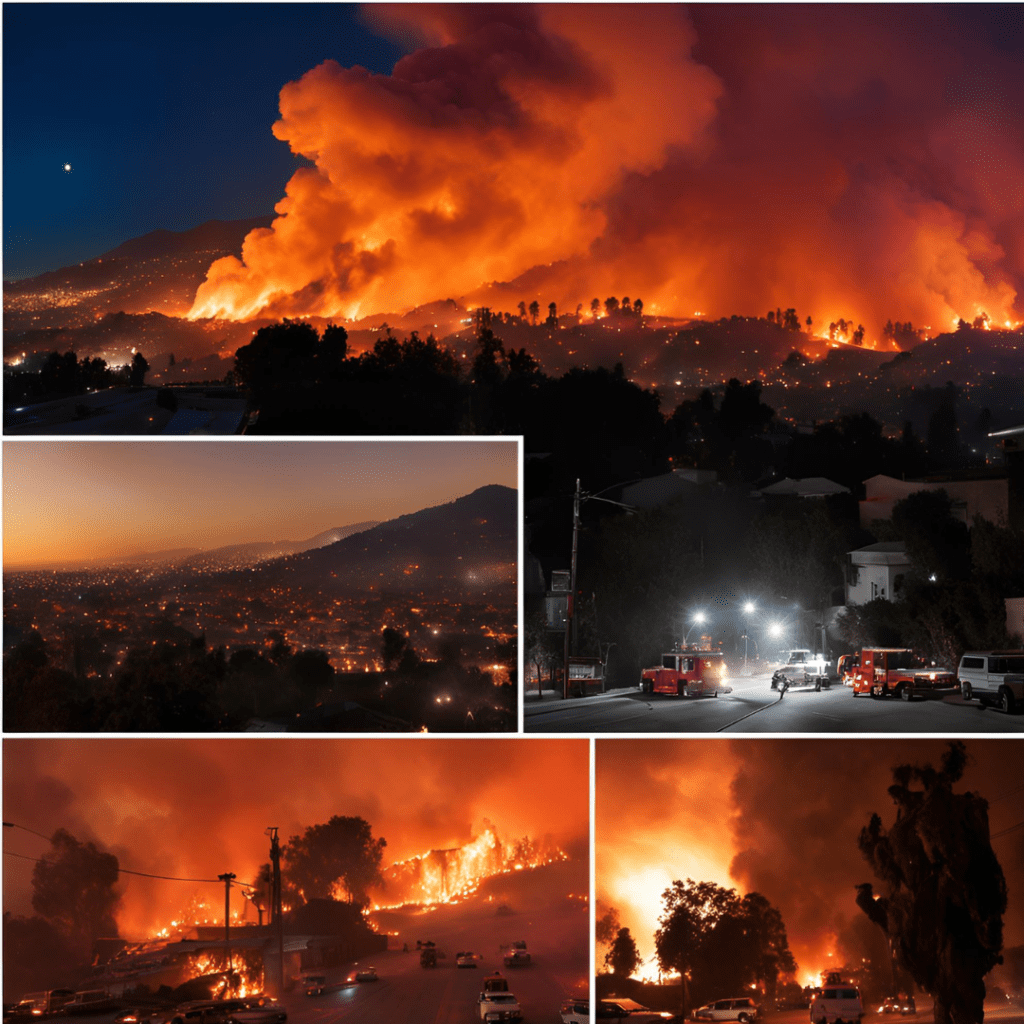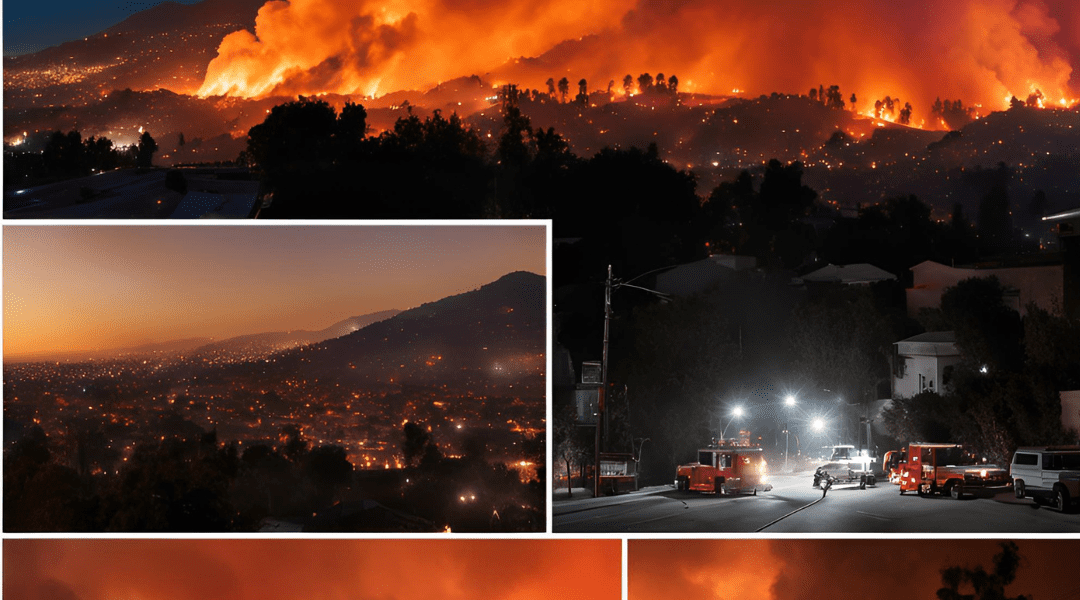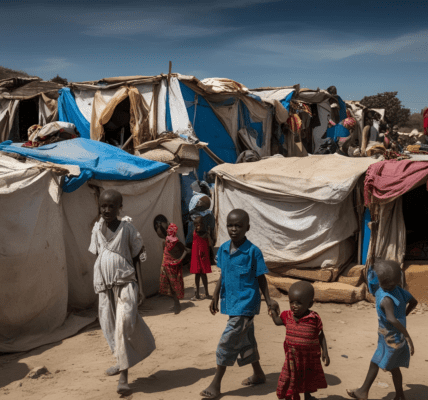Wildfires in Los Angeles: A Crisis Unfolding

Los Angeles, a city synonymous with glamour and opportunity, is once again under siege from raging wildfires that have engulfed parts of the region. These fires, a recurring nightmare for California, have become a stark reminder of the devastating impact of climate change, urban encroachment, and environmental mismanagement. As the flames consume thousands of acres, disrupt lives, and pose grave health risks, the city and its residents face an urgent and multifaceted crisis.
The Fires at a Glance
Currently, multiple wildfires are raging across the Los Angeles area and its surrounding regions. The most severe of these include the Pacific Palisades Fire, which has scorched over 19,000 acres, and the Eaton Fire near Altadena, covering 14,000 acres. Other significant incidents include the Kenneth Fire in West Hills, spanning 960 acres, and the Lidia Fire near Acton, which has affected 394 acres. These fires have forced thousands of residents to evacuate their homes, leaving behind belongings and memories as they flee for safety.
Causes of the Fires
The causes of these wildfires are multifaceted and interlinked. California’s prolonged drought conditions, exacerbated by rising global temperatures, have created an environment primed for such disasters. Dry vegetation, coupled with strong Santa Ana winds, acts as tinder for even the smallest spark. Additionally, human activities, such as unattended campfires, electrical equipment failures, and intentional arson, often ignite these infernos. Urban sprawl into previously undeveloped areas has further increased the risk, as more structures and lives are now situated in fire-prone regions.
The Impact on Communities
The toll of these fires on communities cannot be overstated. At least ten fatalities have been reported, with many more individuals injured. Thousands have been displaced, seeking refuge in shelters or with friends and family. Entire neighborhoods have been reduced to ash, leaving residents with the daunting task of rebuilding their lives from scratch.
The psychological toll is equally significant. For many, the fear of losing their homes and the uncertainty of evacuation orders create immense stress and anxiety. Children and elderly individuals are particularly vulnerable, as the disruption of routines and exposure to smoke and ash can have severe consequences for both mental and physical health.
Environmental and Health Concerns
Beyond the immediate destruction, wildfires pose long-term environmental and health challenges. The thick plumes of smoke that blanket the city contain harmful particulates, which can penetrate deep into the lungs and exacerbate respiratory conditions like asthma and bronchitis. Hospitals have reported an uptick in cases of respiratory distress, particularly among vulnerable populations.
From an environmental perspective, the loss of vegetation and wildlife is catastrophic. Forests that took decades to mature are reduced to barren landscapes, and countless animals are either killed or displaced. The resulting soil erosion and degradation further hinder recovery efforts and increase the risk of landslides during the rainy season.
The Role of Firefighting Teams
Firefighters and emergency responders are working tirelessly to combat the blazes. Equipped with advanced technology such as aerial tankers and drones, they are coordinating efforts to contain the fires and protect lives and property. However, the sheer scale of the fires and the challenging terrain make their task arduous. Many firefighters have been working extended shifts, putting their own lives at risk to safeguard communities.
Government and Community Response
The local government, along with state and federal agencies, has mobilized resources to address the crisis. Evacuation centers have been established to provide temporary shelter, food, and medical assistance to displaced individuals. The National Guard has also been deployed to assist in firefighting efforts and maintain order in evacuated areas.
Community organizations and volunteers have stepped up as well, offering support to those affected by the fires. Social media platforms have become hubs for information sharing, with residents using them to locate loved ones, share evacuation updates, and organize relief efforts. However, the scale of the disaster underscores the need for more robust infrastructure and preparedness measures to mitigate the impact of future wildfires.
The Broader Implications
The recurring wildfires in Los Angeles and across California highlight the urgent need to address climate change and adopt sustainable land management practices. While wildfires have always been a natural part of the state’s ecosystem, their frequency and intensity have increased dramatically in recent years. Scientists attribute this trend to global warming, which has led to hotter, drier conditions and extended fire seasons.
Policymakers must prioritize initiatives to reduce greenhouse gas emissions, invest in renewable energy, and promote conservation efforts. Additionally, urban planning must account for fire risks, ensuring that new developments are designed with safety measures such as firebreaks and defensible spaces.
Personal Preparedness
For residents of fire-prone areas, preparedness is key to survival. Authorities recommend creating an emergency plan that includes evacuation routes, essential supplies, and communication strategies. Installing fire-resistant materials in homes and maintaining clear zones around properties can also reduce risks. Public awareness campaigns play a vital role in educating residents about these measures and fostering a culture of resilience.
Looking Ahead
As Los Angeles grapples with the current wildfires, the path forward demands a collective effort. Combating the immediate crisis requires coordination among government agencies, emergency responders, and the public. In the long term, addressing the root causes of wildfires will necessitate bold policy changes and a commitment to sustainability.
Conclusion
The wildfires ravaging Los Angeles are a stark reminder of the fragility of human and natural systems in the face of climate change. While the immediate priority is to protect lives and property, the crisis also offers an opportunity to rethink how we coexist with nature. By embracing proactive measures and fostering a spirit of cooperation, Los Angeles can rise from the ashes, stronger and more resilient than ever before.




